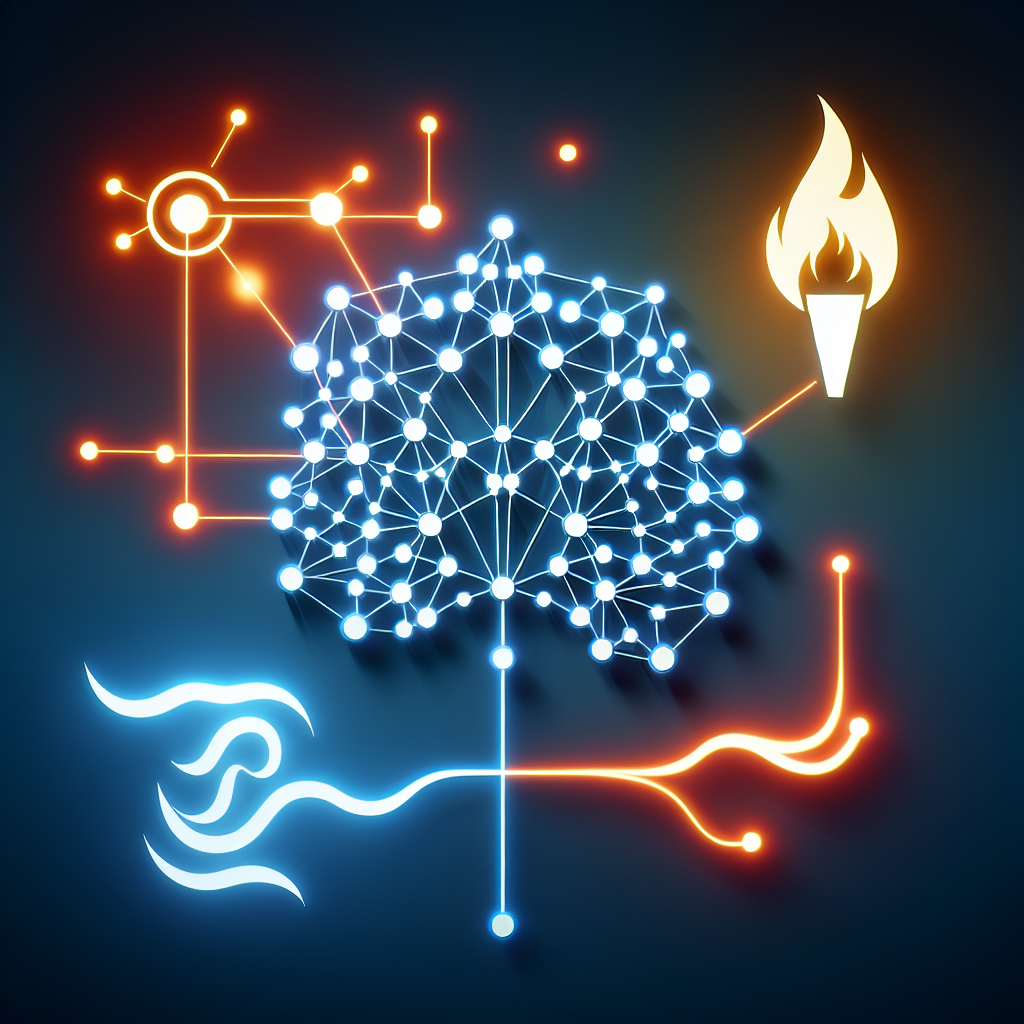Fix today. Protect forever.
Secure your devices with the #1 malware removal and protection software
Neural networks have become a powerful tool in the field of artificial intelligence, enabling machines to learn from data and make decisions without being explicitly programmed. Deep learning, a subset of machine learning that uses neural networks with multiple layers, has been particularly successful in solving complex problems in areas such as image recognition, natural language processing, and autonomous driving.
In this article, we will introduce you to the world of deep learning with PyTorch and TensorFlow, two popular frameworks for building and training neural networks. By the end of this article, you will have a basic understanding of how to use these tools to create your own deep learning models.
PyTorch is an open-source machine learning library developed by Facebook’s AI Research lab. It is known for its flexibility and ease of use, making it a popular choice among researchers and practitioners. TensorFlow, on the other hand, is an open-source machine learning framework developed by Google. It is widely used in industry for building and deploying deep learning models.
To get started with PyTorch and TensorFlow, you first need to install the libraries on your machine. You can do this by following the installation instructions on the official websites of PyTorch and TensorFlow.
Once you have installed the libraries, you can start building your first neural network. In PyTorch, you can define a neural network using the torch.nn.Module class. This class allows you to define the layers of your neural network and the forward pass method, which computes the output of the network given an input.
In TensorFlow, you can define a neural network using the tf.keras.Sequential class. This class allows you to stack layers on top of each other to create a neural network. You can also define custom layers using the tf.keras.layers module.
After defining your neural network, you can train it on a dataset using a process called backpropagation. Backpropagation is an optimization algorithm that adjusts the weights of the neural network to minimize the error between the predicted output and the ground truth labels.
To train your neural network, you need to define a loss function, which quantifies the error between the predicted output and the ground truth labels. You also need to choose an optimizer, which is responsible for updating the weights of the neural network during training.
Once you have trained your neural network, you can evaluate its performance on a test dataset to see how well it generalizes to new data. You can also use your trained neural network to make predictions on new data and deploy it in a real-world application.
In conclusion, mastering neural networks with PyTorch and TensorFlow can open up a world of possibilities in the field of deep learning. By learning how to build, train, and deploy deep learning models, you can solve complex problems and make a significant impact in various industries. So, what are you waiting for? Start your deep learning journey today!
Fix today. Protect forever.
Secure your devices with the #1 malware removal and protection software
#Mastering #Neural #Networks #Introduction #Deep #Learning #PyTorch #TensorFlow,understanding deep learning: building machine learning systems with pytorch
and tensorflow: from neural networks (cnn

Leave a Reply
You must be logged in to post a comment.